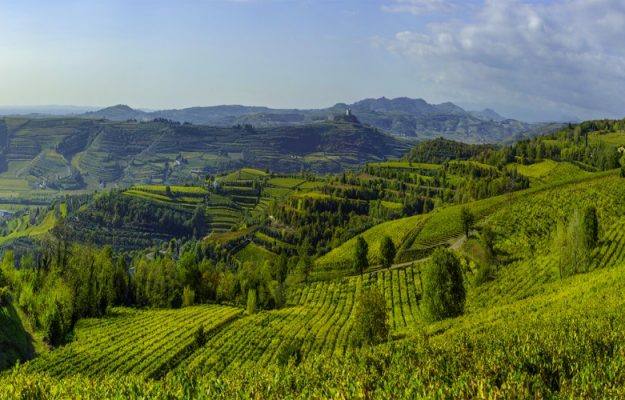Symbol of the meeting and the symbiotic relationship between man and nature, agricultural terraces, as well as dry stone walls, are capable of telling the changes in the landscape and agricultural practices followed, over the centuries, by changing climatic conditions. A unicum to be preserved and studied to understand the present with ancient tools. It is no coincidence, in this perspective, that the terraced vineyards of Soave are considered to be the global agricultural heritage of the FAO, nor that they have been chosen as a place of study and meeting for the first TerrACE meeting, a project of the European Horizon program 2020 on the study and conservation of agricultural terraces on a European scale. The 5-year project was funded for 2.5 million euros by the European Research Council, the most prestigious European agency for research funding, with the mission of maintaining and attracting the best-selected researchers in Europe exclusively based on the criterion of scientific excellence.
The aim of the research - which has already seen the first meeting, in Soave, between researchers from the University of Tromsø (Norway, project leader, led by geographer Professor Antony Brown), University of Padua (Italy), Catholic University of Louvain (Belgium), University of York (England), University of Salzburg (Austria) and University of Barcelona (Spain) - it is to identify ancient terraced areas in Europe and study what the effects have been in the past, in particular on soil erosion and degradation and the storage of carbon and other organic matter. This is to understand what may be the possible effects of climate and social changes, and whether terracing is an effective response to them, starting from the Soave area, where most of the Italian surveys and the work of the researchers coordinated by Professor Paolo Tarolli, who have identified areas with terraces more than 200 years old, evidence of the centuries-old viticultural activity in the area, will be concentrated.
“The terraces and dry-stone walls are part of the history of Soave, where winegrowers had to struggle to preserve and exploit every centimeter of fertile soil to cultivate the grapes,” explains Sandro Gini, president of the Consorzio dei Vini di Soave, “so it can only make us proud to have been chosen for such a prestigious project, to bring our testimony to the forefront of the world. Year after year we are witnessing global changes in agricultural practices, which are at the basis not only of food, and therefore of the people’s lives, but also of the social fabric and communities, threads that intertwine and strongly keep people in the place where they were born, allowing continuity and reliability in world markets of a product that makes its identity feel strong”.
Copyright © 2000/2025
Contatti: info@winenews.it
Seguici anche su Twitter: @WineNewsIt
Seguici anche su Facebook: @winenewsit
Questo articolo è tratto dall'archivio di WineNews - Tutti i diritti riservati - Copyright © 2000/2025








































































































































































































